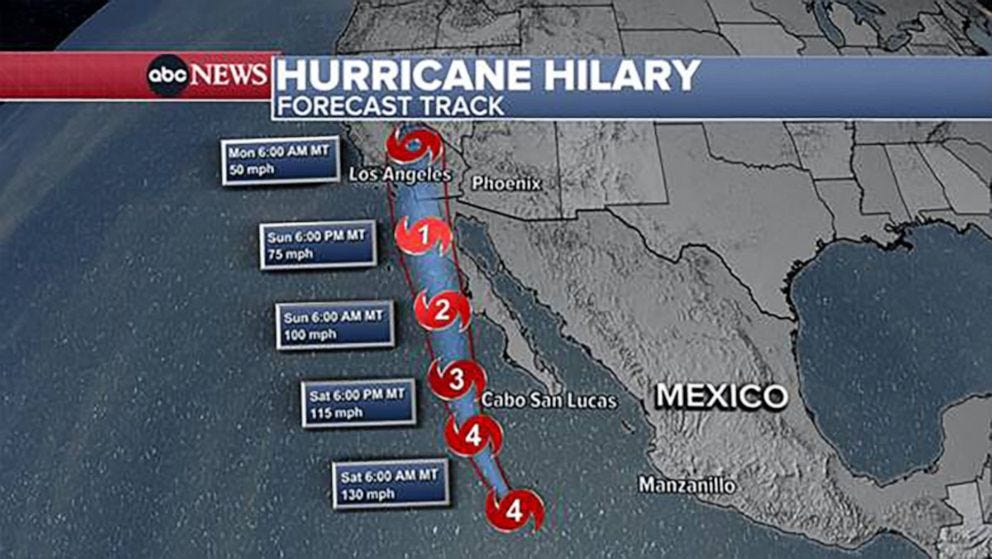Tropical storm Hilary's effects on southern California's environment
Did the torrential rains help or hurt?
I don’t know if I’ve ever read the words “San Diego” and “hurricane” in the same sentence. Southern California, where I live, may be plagued by occasional wildfires; earthquakes rattle our buildings nerves from time to time; but the calamity of hurricanes or tropical storms is unknown in the lower lefthand corner of the United States. Things like that just don’t happen here.
Since record-keeping began in 1851, more than 300 hurricanes have made landfall on the Gulf and Atlantic coasts. During that time, California experienced zero hurricanes. Hurricanes need warm waters to form and grow; so the chilly currents that drift down the Pacific Ocean from Alaska quash these storms before they reach our western shores. Also, all cyclones tend to drift from east to west on the globe, further protecting the Golden State from circular storms.
This time around, the waters around this part of the world were unusually warm. The obvious culprit for this is climate change, but as far as I can tell, no one has made the connection between global heating and Hilary.
Just a couple days before, there were no indications that any storm was on its way, let alone the remnants of a Category 1 hurricane. Skies were blue and winds were calm. And as the storm passed, Hilary turned out to be less than what had been anticipated, mostly mild rain throughout the day, with gusts of wind picking up in the evening

We nonetheless received A LOT of rain, Some places along the coast received well over two inches of rain, while the mountains were deluged with over six, sometimes seven, inches during the storm. To put that in perspective, coastal San Diego County usually receives an average of about ten inches of rain per year and the mountains get about 35 inches.
Further, rain only comes for about half the year. We have about six months of drought, from May through October. Storms, usually from the north, bring rain to the county from November through April. Our mountains can sometimes be covered in snow for a few days at a time during these months.
So the big question is: how did Hilary affect our local environments? Is this large amount of precipitation before our usual rains good or bad?
Keep reading with a 7-day free trial
Subscribe to The Green Dispatch to keep reading this post and get 7 days of free access to the full post archives.



